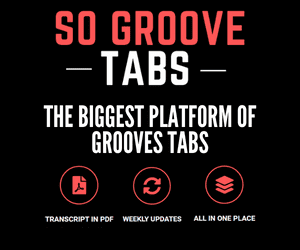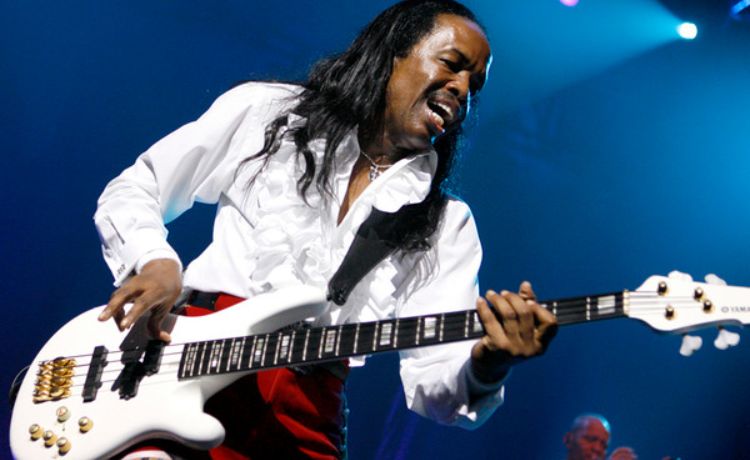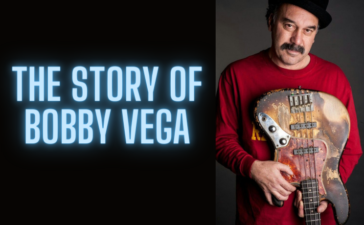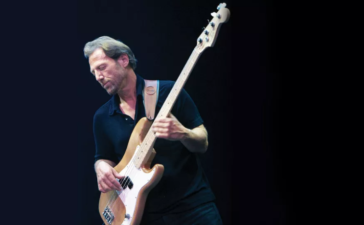Verdine White, bassist for Earth, Wind & Fire (EWF), has been a cornerstone of the band’s sound since its inception in 1969. His energetic performances, melodic basslines, and ability to fuse genres like R&B, funk, jazz, and soul have made him one of the most influential bassists in music history. Known for his technical prowess and showmanship, Verdine’s playing has been integral to the band’s unique blend of rhythmic and harmonic sophistication. Below are some of Verdine White’s most iconic basslines that showcase his extraordinary talent and contribution to EWF’s timeless sound.
1. “September” (1978)
The bassline of “September” is one of the most recognizable in popular music. Verdine’s playing in this track exemplifies his ability to create a driving groove that’s both funky and melodic. The bass anchors the song while allowing the infectious horn arrangement and Maurice White’s vocals to shine. Throughout “September,” Verdine uses a combination of syncopated rhythms and chromatic passing notes to create a bouncing, feel-good groove that is impossible to sit still to.
His ability to lock in with the drums while adding subtle melodic variations makes “September” a quintessential example of his approach. The groove is tight yet playful, and it’s this rhythmic interplay that has helped the song become one of the most beloved in EWF’s catalog .
2. “Shining Star” (1975)
In “Shining Star,” Verdine delivers a hard-hitting, funk-infused bassline that gives the song its raw, punchy feel. The bassline, which prominently features staccato notes, plays a pivotal role in driving the song’s powerful groove. Verdine’s playing is percussive and direct, locking tightly with the rhythm section while adding flourishes that give the line its signature funkiness.
The song’s bassline, often rooted in octaves and syncopated rhythms, adds to the song’s celebratory and uplifting feel. Verdine’s ability to merge a heavy funk influence with EWF’s more polished soul sound is on full display in this track, making it one of the band’s most enduring hits .
3. “Let’s Groove” (1981)
“Let’s Groove” is a classic EWF track that highlights Verdine’s mastery of creating infectious, danceable basslines. The song’s groove is anchored by a synth bass, but Verdine’s live performances of “Let’s Groove” have elevated the bassline, making it a fan favorite at concerts. His use of syncopation, slap techniques, and rhythmic accents on stage injects the song with a level of energy that’s quintessential to his playing style.
The bassline in “Let’s Groove” is simple yet effective, relying on repetition and groove to drive the track. It’s a masterclass in how less can be more, as Verdine provides the rhythmic foundation that holds the song together without overpowering the other elements .
4. “Fantasy” (1977)
The bassline for “Fantasy” is an example of Verdine’s more lyrical, melodic approach. Unlike some of his funkier lines, the bassline in “Fantasy” is smoother, fitting the song’s dreamy, lush arrangement. Verdine’s playing is fluid, complementing the song’s chord changes and adding depth to its ethereal feel.
His ability to balance melodic content with rhythmic drive is crucial here, as the bass acts both as a harmonic foundation and as an essential part of the song’s emotional resonance. This track demonstrates Verdine’s versatility, showcasing his ability to adapt his playing style to fit the song’s mood.
5. “Boogie Wonderland” (1979)
In “Boogie Wonderland,” Verdine’s bassline is fast-paced and dance-oriented, perfectly in tune with the song’s disco vibe. His bass playing in this track is a key element of its high-energy feel, providing a driving pulse that keeps the song moving forward. The groove is tight and precise, with Verdine’s use of syncopation helping to create the song’s relentless, upbeat momentum.
As with many EWF songs, the bass in “Boogie Wonderland” locks in tightly with the drums, allowing Verdine to add small rhythmic embellishments and melodic fills. The result is a groove that feels both effortless and essential to the track’s disco vibe.
6. “Serpentine Fire” (1977)
The bassline on “Serpentine Fire” is one of Verdine’s funkiest and most syncopated grooves. The song features a complex rhythm structure, and Verdine’s bass is at the center of it, propelling the track with a fast, rhythmic pulse. His playing on this track is tight and percussive, often using ghost notes and syncopation to add texture to the groove.
The bassline’s interaction with the horns and percussion adds to the song’s polyrhythmic feel, making “Serpentine Fire” one of the band’s more rhythmically complex songs. Verdine’s ability to handle such intricate rhythms while maintaining a solid groove is a testament to his technical prowess.
Verdine White’s Bass Techniques
- Fingerstyle Funk: Verdine’s fingerstyle technique is central to his playing, allowing him to create fluid, melodic basslines while maintaining the rhythmic drive essential to funk music.
- Syncopation: His use of syncopation, often playing off the beat, adds complexity and groove to his basslines, creating a distinctive sound that has become a hallmark of Earth, Wind & Fire’s music.
- Melodic Phrasing: While Verdine’s basslines are rhythmically sophisticated, they are also highly melodic. He frequently uses the bass to complement the vocal melody or horn lines, adding harmonic richness to EWF’s arrangements.
- Energy & Showmanship: Verdine is not only known for his bass playing but also for his high-energy stage presence. His dynamic performances have made him a fan favorite in live settings, where he often takes the groove to new heights.
Legacy and Influence
Verdine White’s contributions to music extend far beyond his basslines. As a key member of Earth, Wind & Fire, he helped define the sound of funk, soul, and R&B in the 1970s and 1980s. His ability to combine technical skill with emotional expression has made him one of the most respected and influential bassists in history. His grooves continue to inspire bass players across genres, from funk and soul to jazz and rock.









